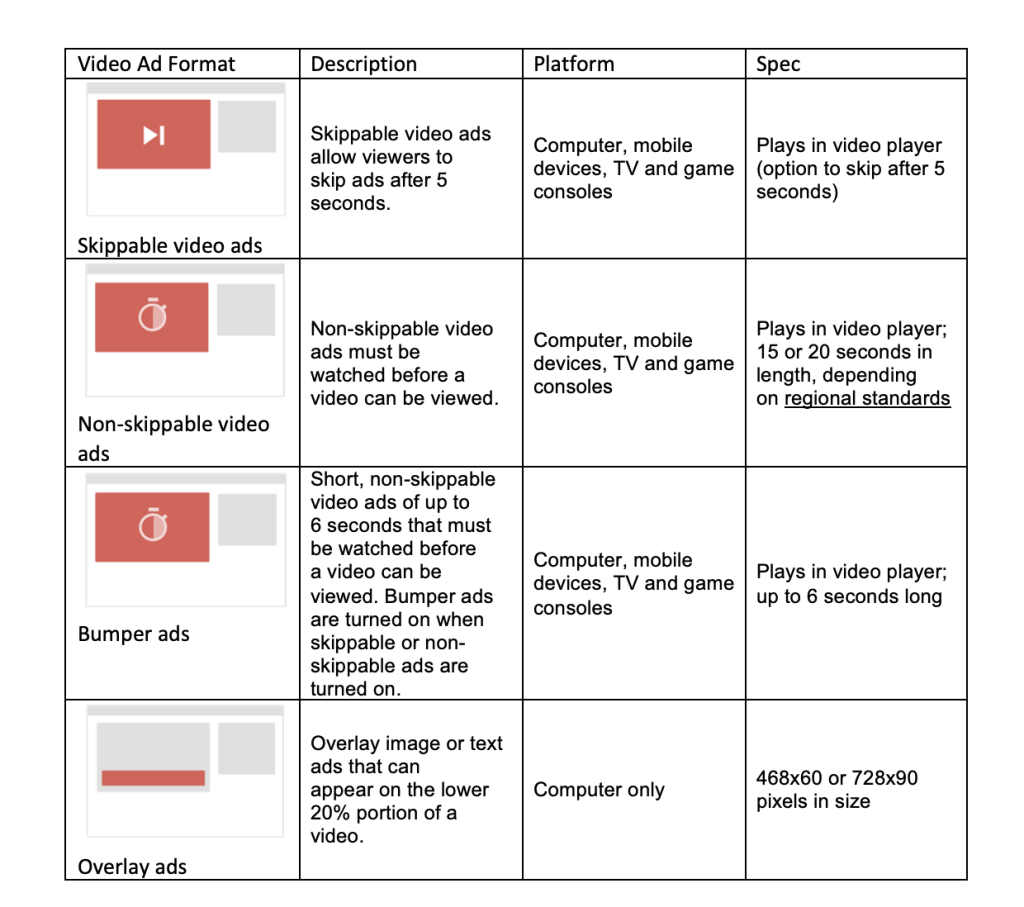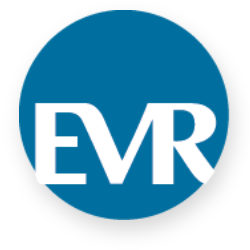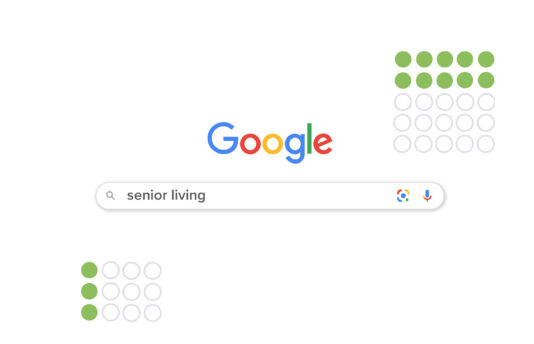YouTube is the single most-used digital video channel in the U.S., with over 80% of adults using the platform, surpassing both Instagram and Facebook. And, despite generational preferences when it comes to healthcare selection, you’ll find a presence on YouTube. While Baby Boomers value trust and reputation, Gen Xers prioritize recommendations, and Millennials seek online reviews and friend referrals. The best part? You can tailor your YouTube strategy to cater to these distinctions.
To integrate YouTube ads into your healthcare marketing campaign strategy, think of your channel as the ultimate resource for consumers seeking answers to their healthcare questions. When researching a healthcare organization, they’re curious about what a doctor looks like, sounds like, acts like. They want to anticipate their experience upon entering your facility and form a genuine connection with their provider, fostering trust and building your brand reputation—ensuring they’re more than just a number.
So how do you get started with using YouTube to answer these questions?
YouTube Ad Types
- In-Stream—Ads play before or during a video, where the viewer can choose to skip the ad five seconds after viewing. You will pay based on clicks or if the viewer watches at least 30 seconds (or to completion).
- Discovery—Ads appear alongside other related videos in YouTube search or on Google Display Network websites. You will pay only if a viewer chooses to watch or click on your ad.
- Sequential—Ad sequencing updates the traditional model, allowing you to serve up a planned sequence of ads that tells a story to customers across their purchase journey.
- Shorts—Ads are immediately skippable video or image ads that appear between Shorts.
Aside from ad types, there are also several ad formats (skippable, non-skippable, bumper and overlay) to choose from. So where do each of these formats work best? Use our cheat sheet to get started:

YouTube Best Practices
- Include branding in first five seconds (before skip). This will ensure consumers who see your ads have a higher chance of recall of your hospital or healthcare brand when researching their next doctor’s visit.
- Test square and vertical creatives for mobile. See what users respond to.
- Experiment with creative variations. Try five or more variants using different calls to action and headlines. This will allow you to optimize future ads for what resonates with consumers most.
Importance of Organic Content
When a consumer clicks from your YouTube ad to your channel, what will they find? Just like with any paid platform, your YouTube strategy should go hand in hand with organic strategy. Consumers tend to use organic content to verify that a brand is legitimate and active on the web, social channels, etc. When it comes to organic content, consider adding some of the following:
- Useful health tips—Consumers look to healthcare providers as subject matter experts on public health. When it comes to organic content on your page, consider providing useful tips, such as illness and injury prevention, fitness tips or heart-healthy recipes, etc.
- Patient reviews—Testimonials from patients who have visited your hospital can make for great, easy-to-create kinetic text videos that showcase your healthcare organization in the light you want to be seen.
- Organization updates—Providing updates on your organization, such as any new hospital wing additions, updates to services provided, etc., can be useful information that shows your brand is up to date.
Whether you’re new to YouTube advertising or seeking to elevate your campaigns, these tips will maximize your investment and effectiveness.











